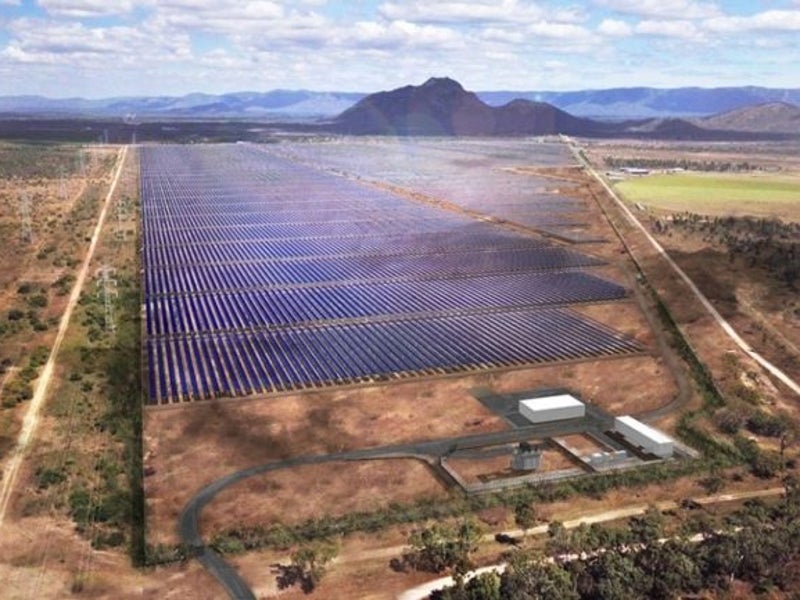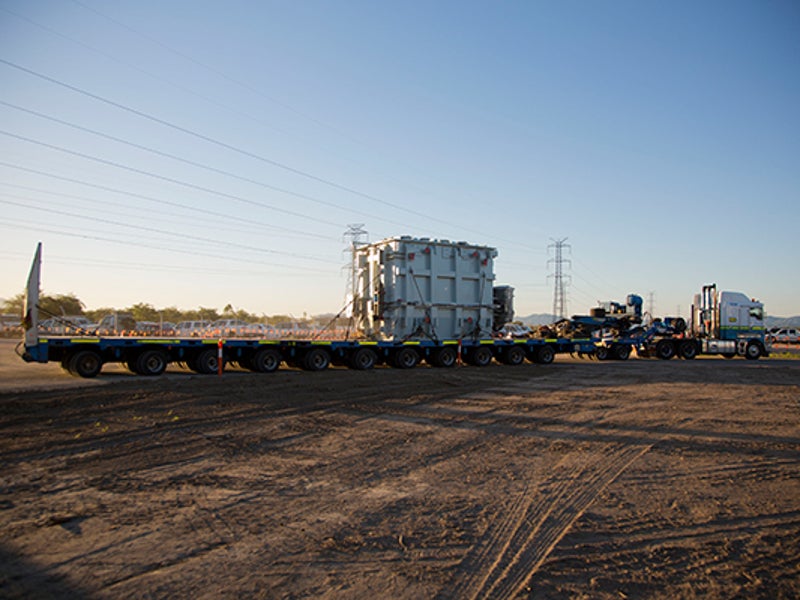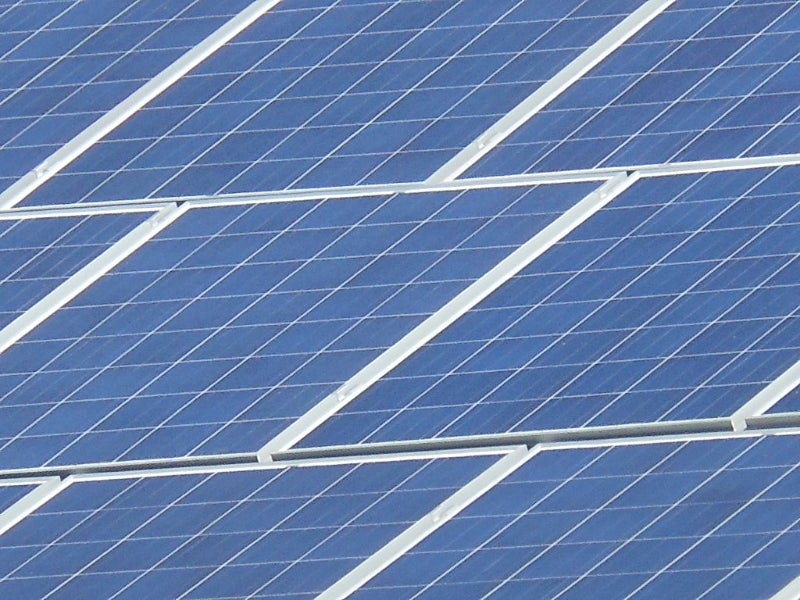Ross River is a 148MW solar farm being developed in Queensland, Australia. It will be the largest operating single-stage solar farm in the country.
The project was proposed by ESCO Pacific in 2016 and was jointly developed by ESCO Pacific (50%) and Palisade Investment Partners (50%). Palisade acquired ESCO’s 50% stake in the solar farm in February 2018 and currently owns 100% of the project.
The solar farm is being developed with an investment of $225m. It is expected to power approximately 54,000 homes and offset 230,000t of carbon dioxide (CO2) emissions.
Ross River solar farm is expected to have an operating life of up to 40 years and will create 250 jobs during construction.
Ross River solar farm location
The solar farm is being developed on a 202ha site, which was previously a mango farm.
Its site is located 20km south of Townsville city in Queensland, Australia. It lies in close proximity to 99 Kelso Drive, Pinnacles, at a distance of 1km from the Ross River Dam.
The location is known to have high solar irradiance and lies close to a grid connection point.
Ross River solar farm make-up
Ross River solar farm will consist of 413,000 crystalline solar photovoltaic modules.
Solar panels will be installed on single-axis tracking systems, which will track the sun’s movement to receive maximum sunlight. They will be fixed on a metal-mounted structure and supported by 62,000 piles. They will be electrically connected to arrays.
Mounting structures will have a maximum height of 3m. Buffer strips will be planted on both sides of the site to obscure the appearance of the farm.
A supervisory control and data acquisition (SCADA) control system will be installed to audit the performance of the equipment.
The solar farm will include a new site entrance at Kelso Drive, as well as an office, a workshop, levelled pads for the substation, and parking facilities.
Power transmission details
Solar panels will generate a direct current, which will be fed to an onsite power reticulation system through approximately 70 40ft containers or container skid pads, which will act as power condition units.
A transformer will be used to increase the voltage to 132kV. Electricity will be supplied to the local electricity distribution network through the Ross River bulk supply substation.
A new bay will be built at the Ross substation along with a new 1.2km-long, 132kV underground transmission line, which will connect to the new transformer.
Power purchase agreement
A 13-year long-term power purchase agreement (PPA) was signed with EnergyAustralia in February 2017 to supply 80% of the electricity produced by the solar farm up to 2030.
The PPA is considered to be the single largest to be signed in Australia at that time. It is part of EnergyAustralia’s $1.5bn programme to purchase 500MW of electricity from wind and solar projects being developed in eastern Australia.
Financing
The project is being funded through Palisade’s Renewable Energy Fund and Palisade’s institutional clients, including the Clean Energy Finance Corporation (CEFC), VicSuper, and HESTA.
CEFC will provide $20m for the project under its $100m allotment to Palisade’s renewable energy strategy.
Palisade secured senior debt for the project from Australia and New Zealand Banking Group, Westpac Banking Corporation, and The Bank of Tokyo-Mitsubishi UFJ.
Contractors involved
Downer was awarded a $200m engineering, procurement and construction contract, which includes the provision of operation and maintenance services.
JA Solar will supply the solar panels for the project, while Tranex Solar is supplying the trackers and modules.
RMS undertook the civil construction works for the project, while Powerlink will build the new bay at the Ross substation for the solar farm along with laying the transmission line.
AECOM prepared the town planning report for the Ross River solar farm, while landscaping and visual assessment were conducted by Lat27 on behalf of AECOM.






